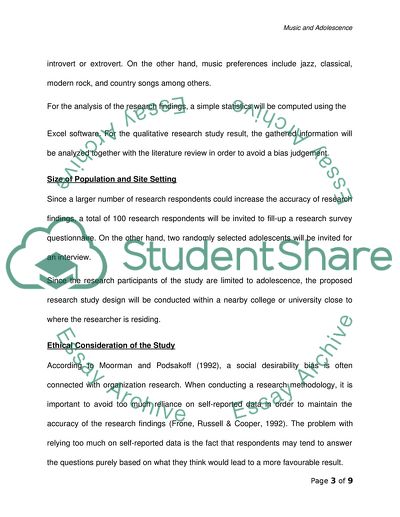Cite this document
(“Music and Adolescence Essay Example | Topics and Well Written Essays - 1500 words”, n.d.)
Music and Adolescence Essay Example | Topics and Well Written Essays - 1500 words. Retrieved from https://studentshare.org/music/1559529-music-and-adolescence
Music and Adolescence Essay Example | Topics and Well Written Essays - 1500 words. Retrieved from https://studentshare.org/music/1559529-music-and-adolescence
(Music and Adolescence Essay Example | Topics and Well Written Essays - 1500 Words)
Music and Adolescence Essay Example | Topics and Well Written Essays - 1500 Words. https://studentshare.org/music/1559529-music-and-adolescence.
Music and Adolescence Essay Example | Topics and Well Written Essays - 1500 Words. https://studentshare.org/music/1559529-music-and-adolescence.
“Music and Adolescence Essay Example | Topics and Well Written Essays - 1500 Words”, n.d. https://studentshare.org/music/1559529-music-and-adolescence.


